The Travels of Tug 44 |
|
Mute Swan |
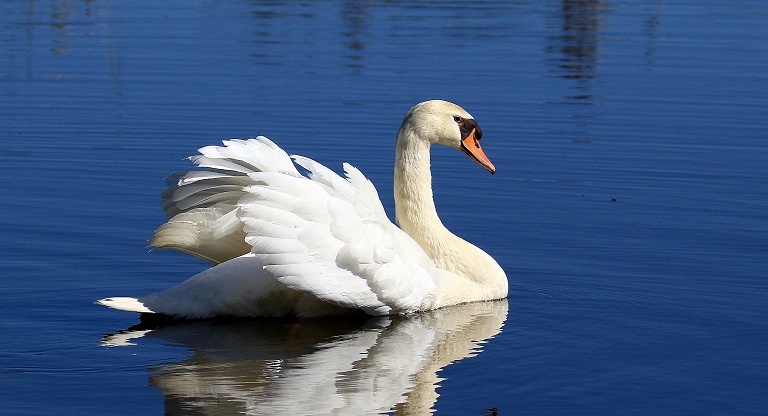 |
|
A beautiful Mute Swan shows off while cruising a farm pond in Fort Edward. They can be distinguished from the other two types of swans by the orange bill and the knob on their forehead. They are not native to North America, they were introduced from Europe in the late 1800s. These are about the largest birds out there with a wingspan of 7 1/2 feet. high-res
|
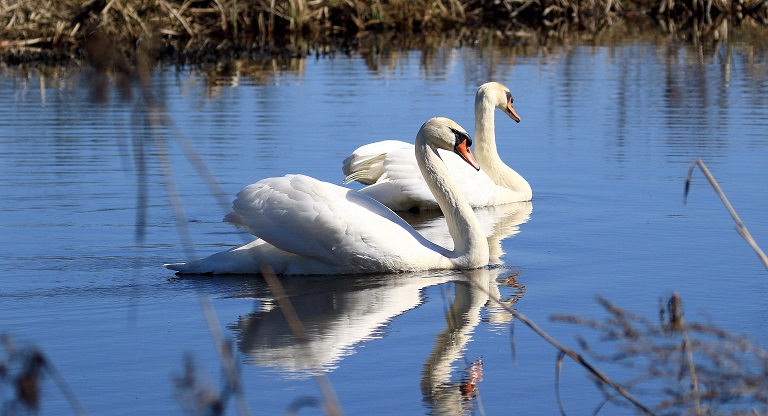 |
|
Mute Swans generally travel in pairs and love to do synchronized swimming. Often they snooze a bit with their neck laying back on their body and the head tucked under a wing ... while still paddling slowly. The male of the pair is a bit larger than the female. high-res
|
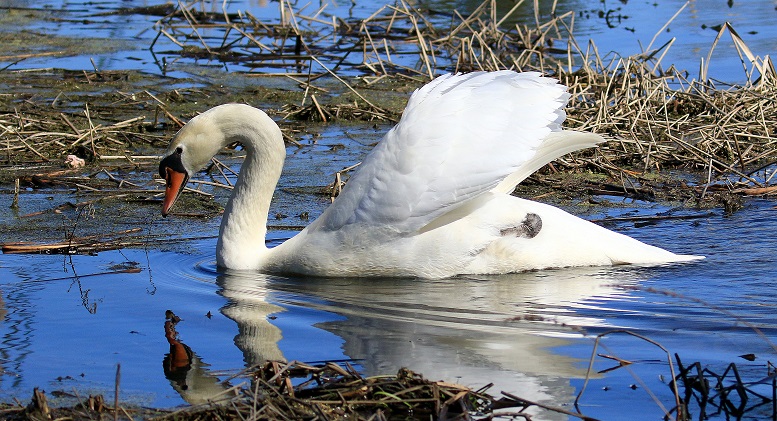 |
|
This one is about to stick his head right into the muck ... they eat by grazing the bottom in the shallows. high-res
|
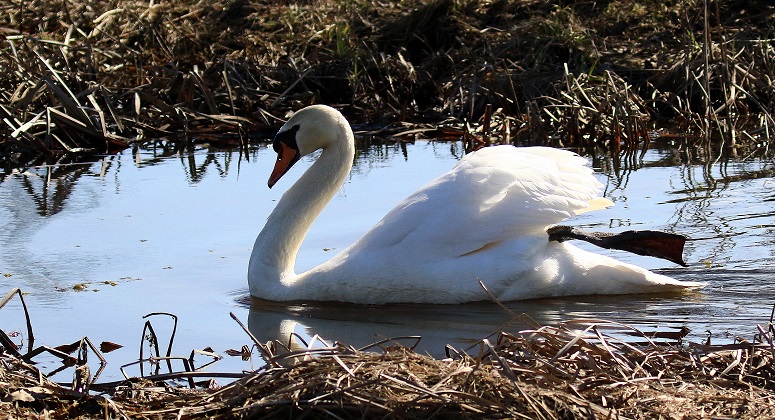 |
|
The dark thing sticking out the back of this Mute Swan is his foot. They do this and let one foot dry out and warm up, while they continue paddling with the other one. high-res
|
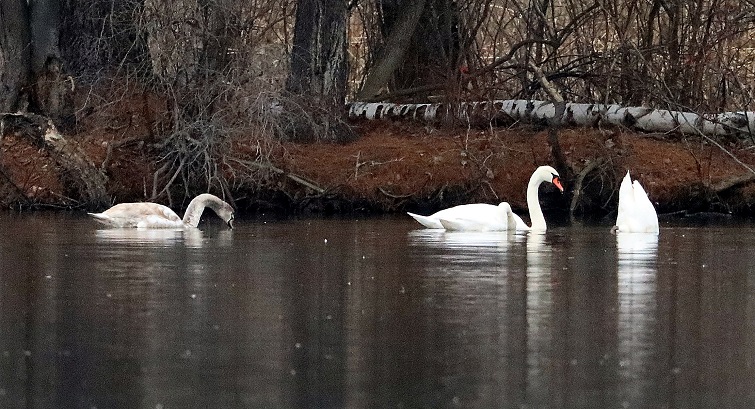 |
|
December 2017, I spotted this Mute Swan family as they paused to refuel on their migation south. They tip head first into the shallows and graze plants from the bottom of the water. The Swan on the left shows some dark mottling and a dark beak, this is a juvenile, hatched that spring. high-res
|
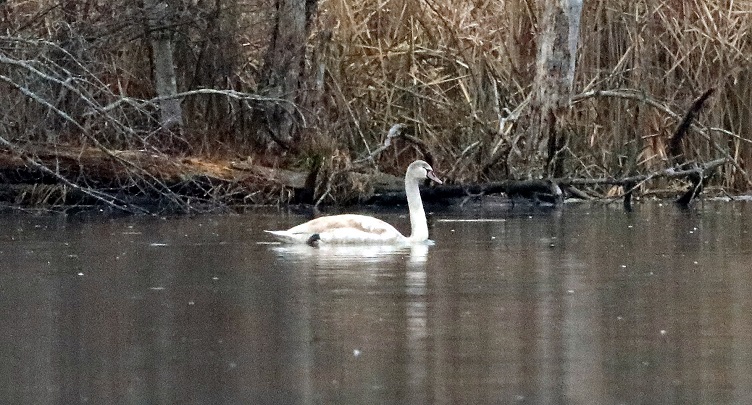 |
|
A closer look at the young one. She is full-sized, but she sticks to her parents. These 2 photos were taken from almost 400 yards. It is not safe to approach these giants as they will attack. high-res |
Lighthouses - Canal Corp Boats - Tugboats & Trawlers